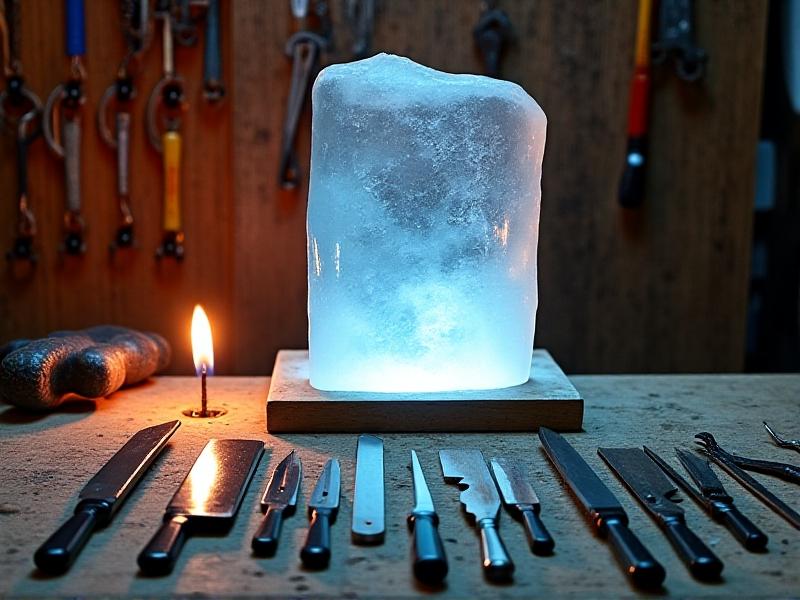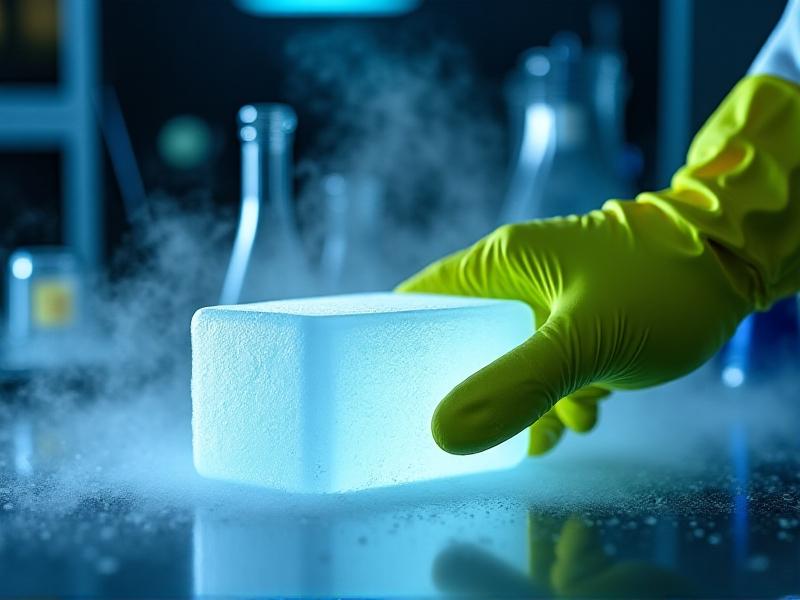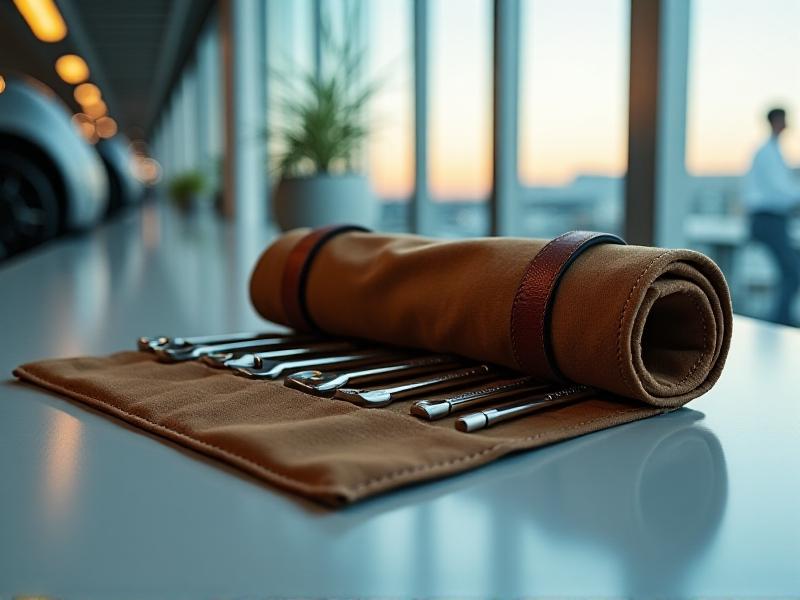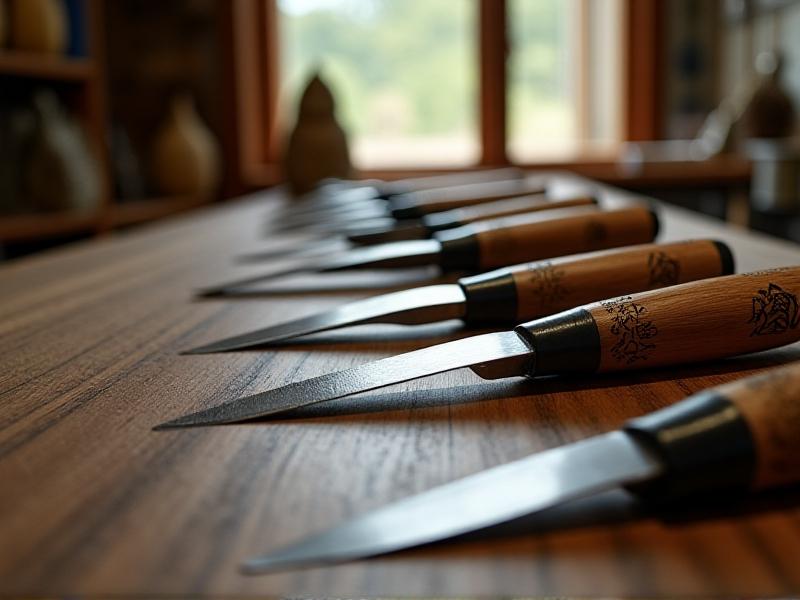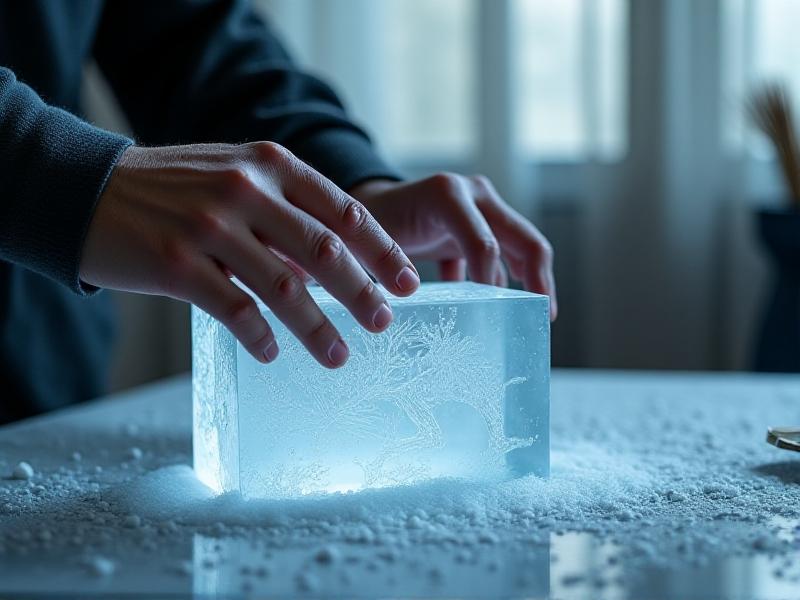Sharpening Frequency for Professional Ice Carving Tools
The Importance of Sharpening Frequency in Ice Carving
Ice carving is an art form that demands precision, skill, and the right tools. One of the most critical aspects of maintaining professional ice carving tools is ensuring they are sharpened regularly. The frequency of sharpening can significantly impact the quality of the carvings, the efficiency of the artist, and the longevity of the tools themselves. Sharp tools not only make the carving process smoother but also reduce the risk of accidents caused by slips or excessive force. In this section, we’ll explore why sharpening frequency is essential and how it ties into the overall success of an ice carving project.
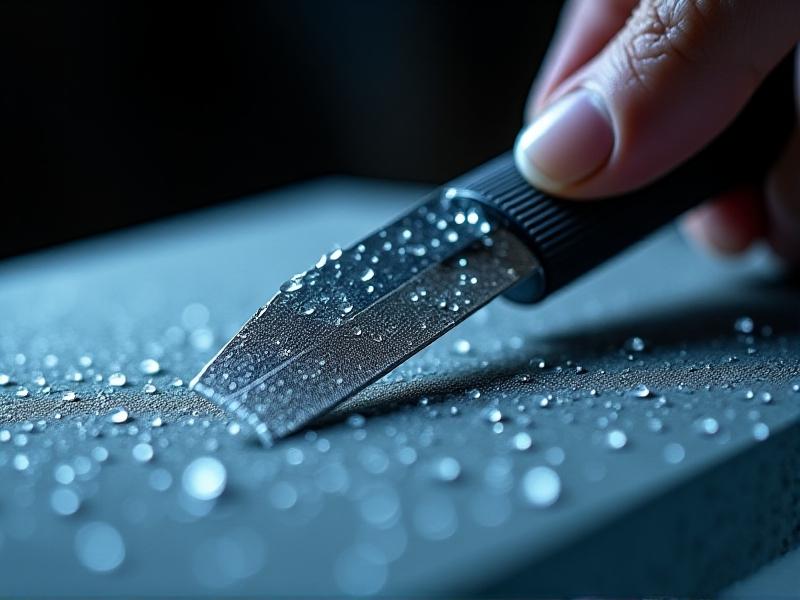
Understanding the Anatomy of Ice Carving Tools
Before diving into sharpening techniques, it’s crucial to understand the anatomy of ice carving tools. These tools typically include chisels, saws, and gouges, each designed for specific tasks. The blades of these tools are often made from high-carbon steel or stainless steel, materials chosen for their durability and ability to hold an edge. However, even the best materials will dull over time, especially when used on a substance as hard as ice. By understanding the structure and purpose of each tool, carvers can better determine the appropriate sharpening frequency and methods for maintaining their equipment.
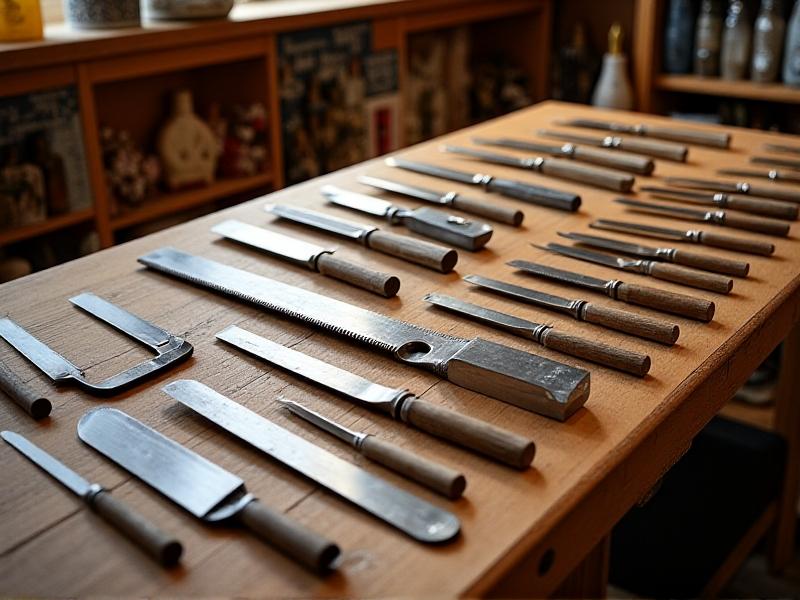
Factors Influencing Sharpening Frequency
Several factors influence how often ice carving tools need to be sharpened. The type of ice being carved, the intensity of use, and the skill level of the carver all play a role. For instance, carving dense, clear ice may dull tools faster than working with softer, cloudy ice. Similarly, professional carvers who work on large-scale projects daily will need to sharpen their tools more frequently than hobbyists. Environmental conditions, such as temperature and humidity, can also affect the tools’ performance. By considering these factors, carvers can develop a sharpening schedule that ensures their tools are always in optimal condition.
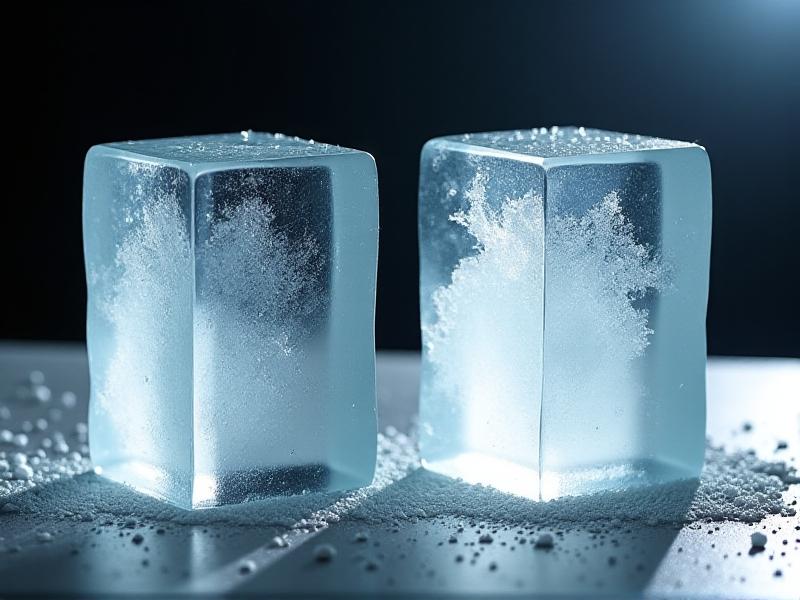
Sharpening Techniques for Ice Carving Tools
There are several techniques for sharpening ice carving tools, each suited to different types of blades and personal preferences. Whetstones are a popular choice for their versatility and ability to produce a fine edge. Electric sharpeners offer convenience and speed, though they require careful handling to avoid overheating the blade. Hand files are another option, particularly for quick touch-ups between projects. Regardless of the method, the key is to maintain a consistent angle and apply even pressure to achieve a sharp, durable edge. This section will delve into the pros and cons of each technique and provide step-by-step instructions for effective sharpening.
Signs Your Tools Need Sharpening
Recognizing when your ice carving tools need sharpening is essential for maintaining their performance. Common signs include increased resistance during carving, rough or jagged edges on the ice, and visible nicks or dull spots on the blade. If you find yourself exerting more force than usual or if the tool no longer glides smoothly through the ice, it’s likely time for a sharpening session. Regularly inspecting your tools and being attuned to these signs can prevent unnecessary wear and tear, ensuring your tools remain in top condition for longer.
The Role of Maintenance Beyond Sharpening
While sharpening is a critical aspect of tool maintenance, it’s not the only factor to consider. Proper storage, cleaning, and handling of ice carving tools also play a significant role in their longevity. Tools should be dried thoroughly after use to prevent rust and stored in a cool, dry place. Regular cleaning removes ice residue and debris that can affect performance. Additionally, using tools for their intended purpose and avoiding excessive force can minimize damage. This section will explore these maintenance practices and how they complement a consistent sharpening routine.
Choosing the Right Sharpening Tools
Selecting the right sharpening tools is just as important as the sharpening process itself. High-quality whetstones, electric sharpeners, and hand files can make a significant difference in the results. It’s essential to choose tools that match the type of blades you’re working with and your level of experience. For example, beginners may prefer the simplicity of a hand file, while professionals might opt for the precision of a whetstone. This section will provide recommendations for sharpening tools and tips on how to choose the best options for your needs.
The Impact of Sharpening Frequency on Artistic Output
Sharpening frequency doesn’t just affect the tools—it also has a direct impact on the artist’s output. Dull tools can lead to frustration, longer working hours, and subpar carvings. On the other hand, well-maintained tools allow for greater precision, creativity, and efficiency. By establishing a regular sharpening routine, ice carvers can focus more on their artistry and less on the limitations of their equipment. This section will discuss how sharpening frequency influences the quality of carvings and the overall experience of the artist.
Creating a Sharpening Schedule That Works for You
Developing a sharpening schedule tailored to your specific needs is key to maintaining your tools effectively. Factors such as the frequency of use, the type of projects you undertake, and your personal preferences should all be considered. Some carvers prefer to sharpen their tools after every project, while others may do so weekly or monthly. Keeping a log of sharpening sessions can help you track the condition of your tools and identify patterns in their wear. This section will guide you through creating a schedule that ensures your tools are always ready for your next masterpiece.
Expert Tips for Extending the Life of Your Ice Carving Tools
Beyond sharpening and maintenance, there are additional steps you can take to extend the life of your ice carving tools. Using protective covers for blades, avoiding exposure to extreme temperatures, and investing in high-quality tools from the start can all contribute to their longevity. Experts also recommend periodically checking for alignment issues and addressing them promptly. This section will share valuable tips from seasoned ice carvers on how to keep your tools in pristine condition for years to come.
